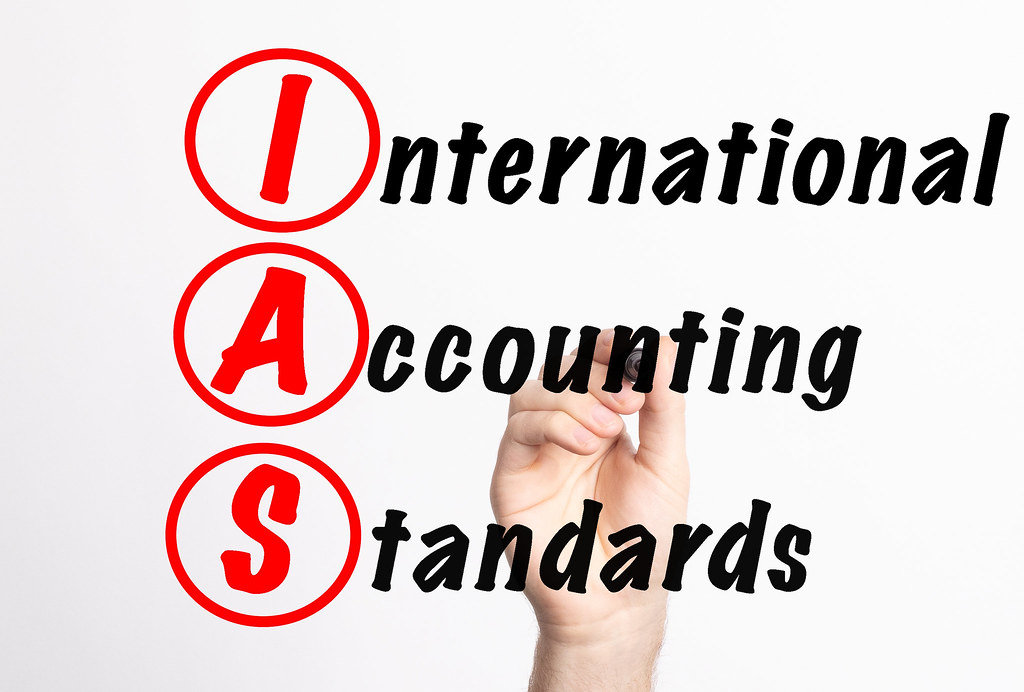IAS 3, or the International Accounting Standard 3, provides guidance on the preparation and presentation of consolidated financial statements. Companies can often use the word consolidated loosely in financial statement reporting to refer to the aggregated reporting of their entire business collectively. However, the Financial Accounting Standards Board defines consolidated financial statement reporting as reporting of an entity structured with a parent company and subsidiaries.
Here are some examples of consolidated financial statements under IAS 3:
Example 1: Parent company with one subsidiary
Assume a parent company (A) owns 100% of the shares of a subsidiary (B). To prepare consolidated financial statements, the financial statements of A and B must be combined as if they were a single entity. This involves eliminating any inter-company transactions and balances, such as sales or loans between A and B. The resulting consolidated financial statements would show the combined assets, liabilities, revenues, and expenses of the group.
Example 2: Parent company with multiple subsidiaries
Assume a parent company (A) owns 80% of the shares of a subsidiary (B), and also has a 60% ownership stake in another subsidiary (C). To prepare consolidated financial statements, the financial statements of A, B, and C must be combined. This involves eliminating any inter-company transactions and balances, as well as adjusting for any non-controlling interests in B and C. The resulting consolidated financial statements would show the combined assets, liabilities, revenues, and expenses of the entire group.
Example 3: Parent company with complex group structure
Assume a parent company (A) owns 60% of the shares of a subsidiary (B), which in turn owns 80% of the shares of another subsidiary (C). To prepare consolidated financial statements, the financial statements of A, B, and C must be combined. This involves eliminating any inter-company transactions and balances, as well as adjusting for any non-controlling interests in B and C. The resulting consolidated financial statements would show the combined assets, liabilities, revenues, and expenses of the entire group.
Overall, the preparation of consolidated financial statements requires careful consideration of the group structure and any inter-company transactions and balances. Companies must ensure that their consolidated financial statements are in compliance with IAS 3, which sets out the requirements for presentation and disclosure of consolidated financial statements.
